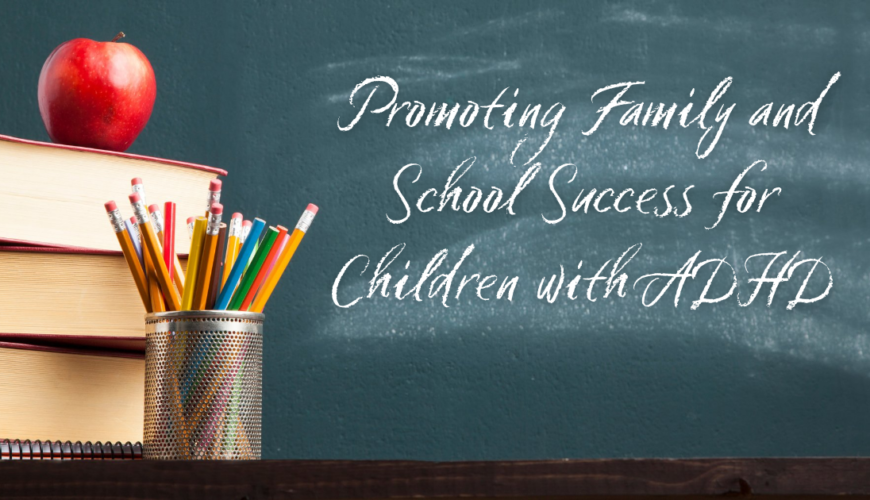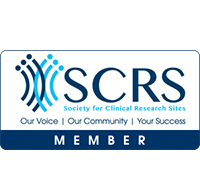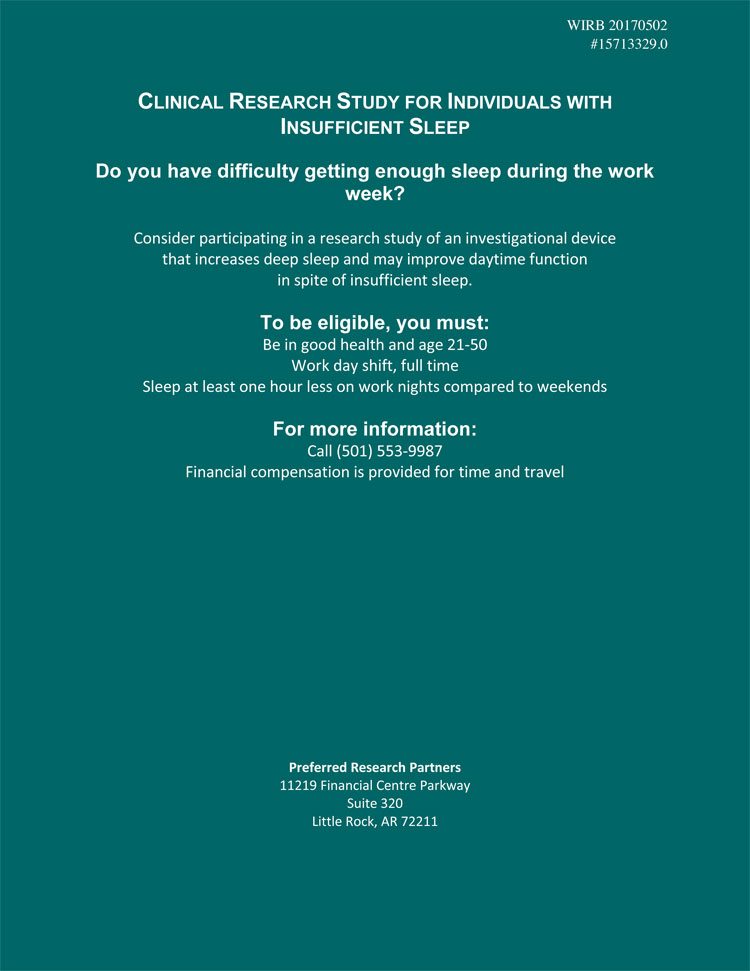Having a student with ADHD can be challenging in many ways. Paying attention to lesson plans may be difficult, staying on task during silent work may be a struggle, and maintaining concentration throughout the entire school day might seem impossible. If this sounds all too familiar to your child, this article is for you. Here are some tips and techniques you can implement at home and at school to help a child diagnosed with ADHD thrive in both environments.
Family School Success Strategy (FSS)
Family School Success (FSS) is an intervention strategy that links family and school systems to address the needs of elementary school age children, and many of the principles can be applied to assist adolescents with ADHD. The FSS strategy goals include strengthening parent and child relationships, improving parents’ behavior management skills, increasing family involvement in education at home, and promoting family school collaboration to address educational difficulties.
Making FSS Applicable to Everyday Life
- Strengthening the parent-child relationship
Children with ADHD may receive negative feedback from adults due to behavioral or focus issues at home and at school. A technique called “positive attending” can be utilized to help interactions with the parent and child become less strained. This approach encourages parents to play with and assist their children in an attentive, responsive, and nondirective manner.
- Improving parents’ behavior management skills
Parents of children with ADHD may need to set consistent rules and give instructions to children in a simple, clear, and concise manner. Providing positive reinforcement for appropriate behavior may help as well. Granting attention for positive behaviors can increase the likelihood of a desired behavior as ignoring the negative behaviors may cause them to occur less frequently.
- Promoting family involvement in education at home
Breaking down homework assignments at home into smaller, more manageable subunits may help a student with ADHD focus better. This strategy may help your child feel less overwhelmed with homework assignments. Work with your child to set reasonable goals for work completion and accuracy within a specified time-period. At the completion of each subunit of work, the parent and child can jointly determine if the goals have been met and the child can be subsequently rewarded for magnificent work.
- Promoting family and school collaboration
Consistency between home and school as well as productive parent-teacher collaborations have been shown to be associated with enhanced academic achievement, and students with ADHD are no exception. The Conjoint Behavioral Consultation (CBC) model includes 4 simple steps that you can take with your parent’s teacher to help improve upon their educational experience if they are struggling due to their ADHD. The four steps are as follows: conjoint problem identification, conjoint problem analysis, intervention implementation, and conjoint intervention evaluation. At each step, parents and teachers work closely together to develop and implement strategies to improve a student’s performance and behavior.
Join a Clinical Study with Preferred Research Partners











